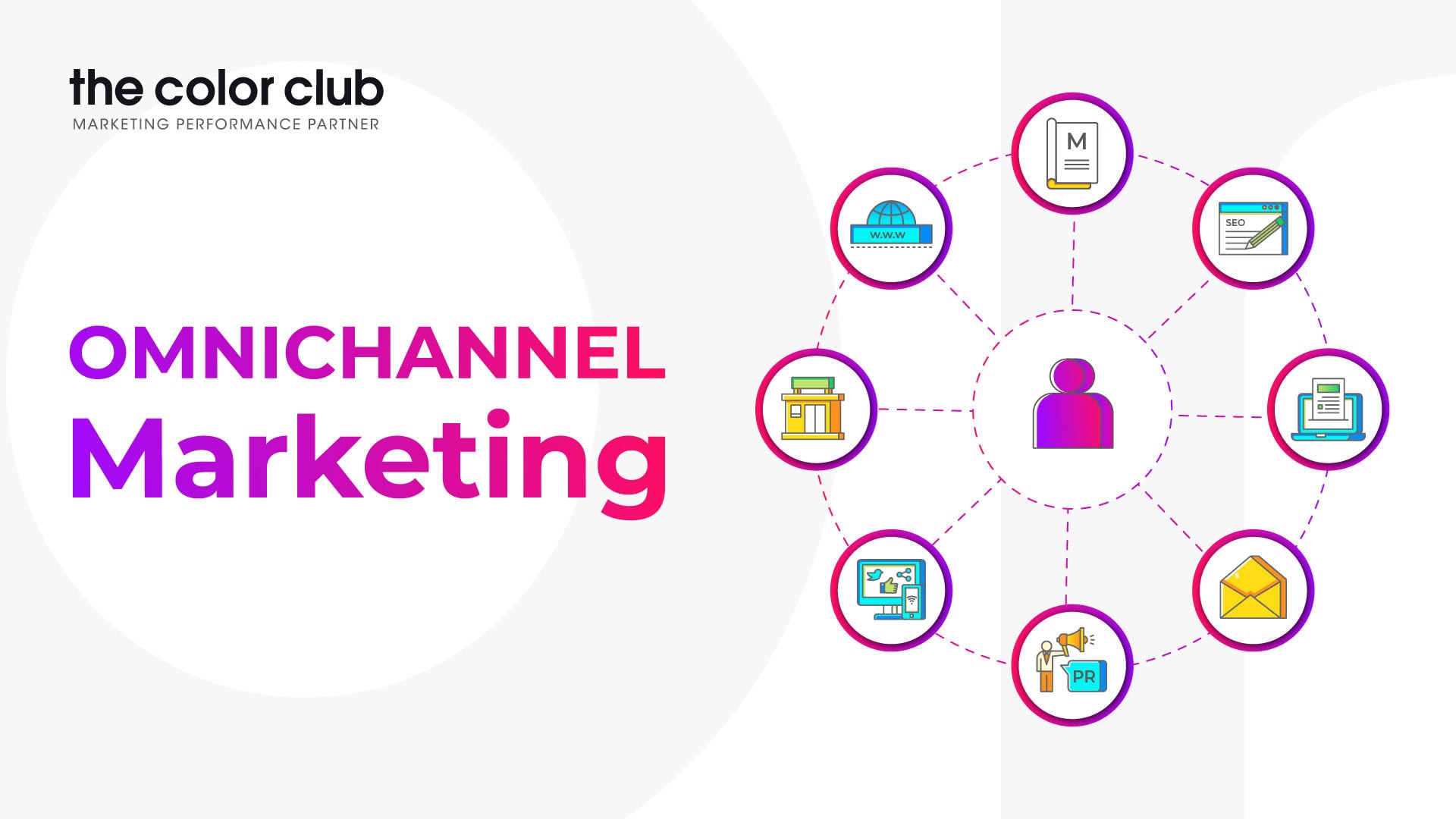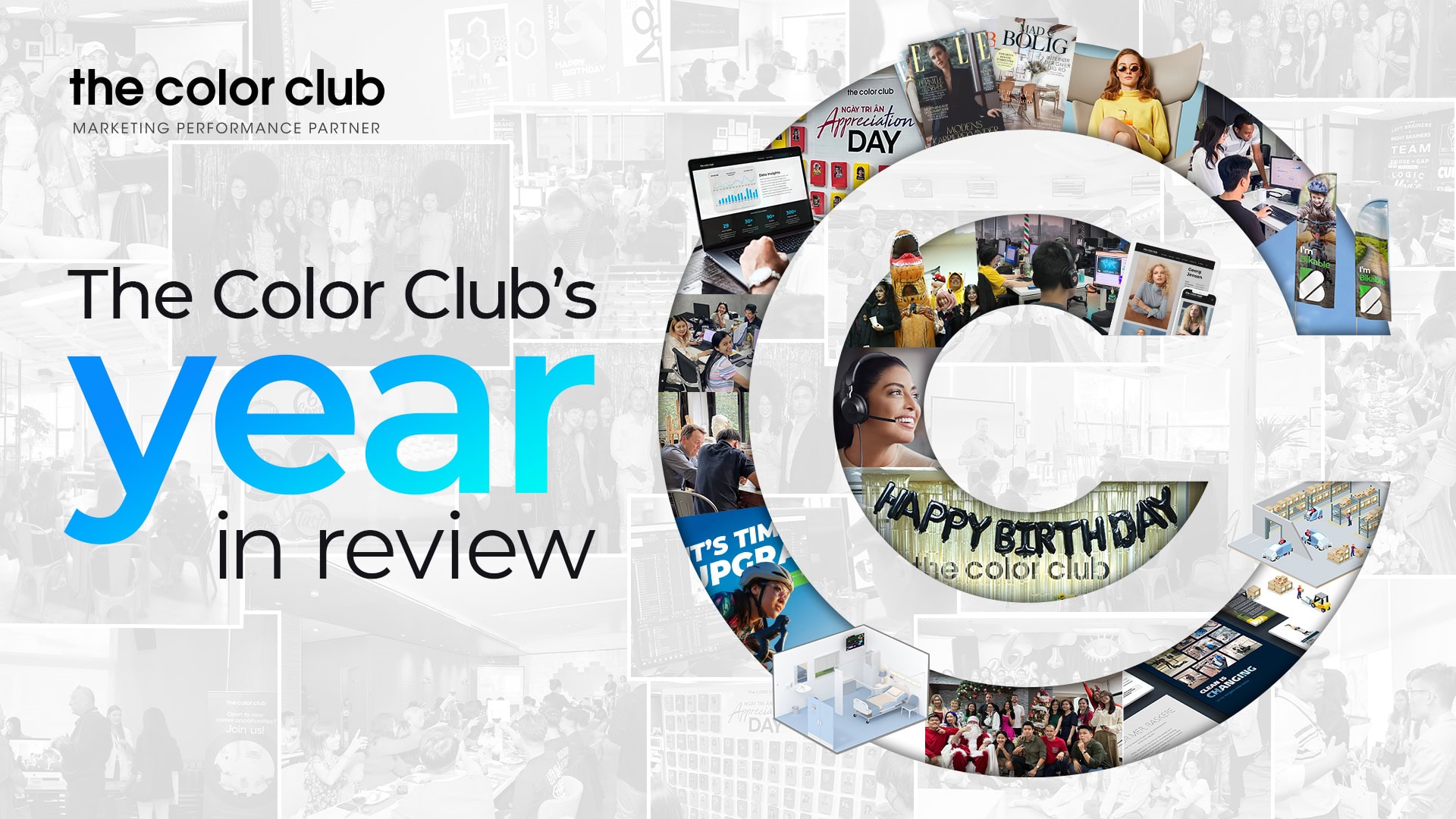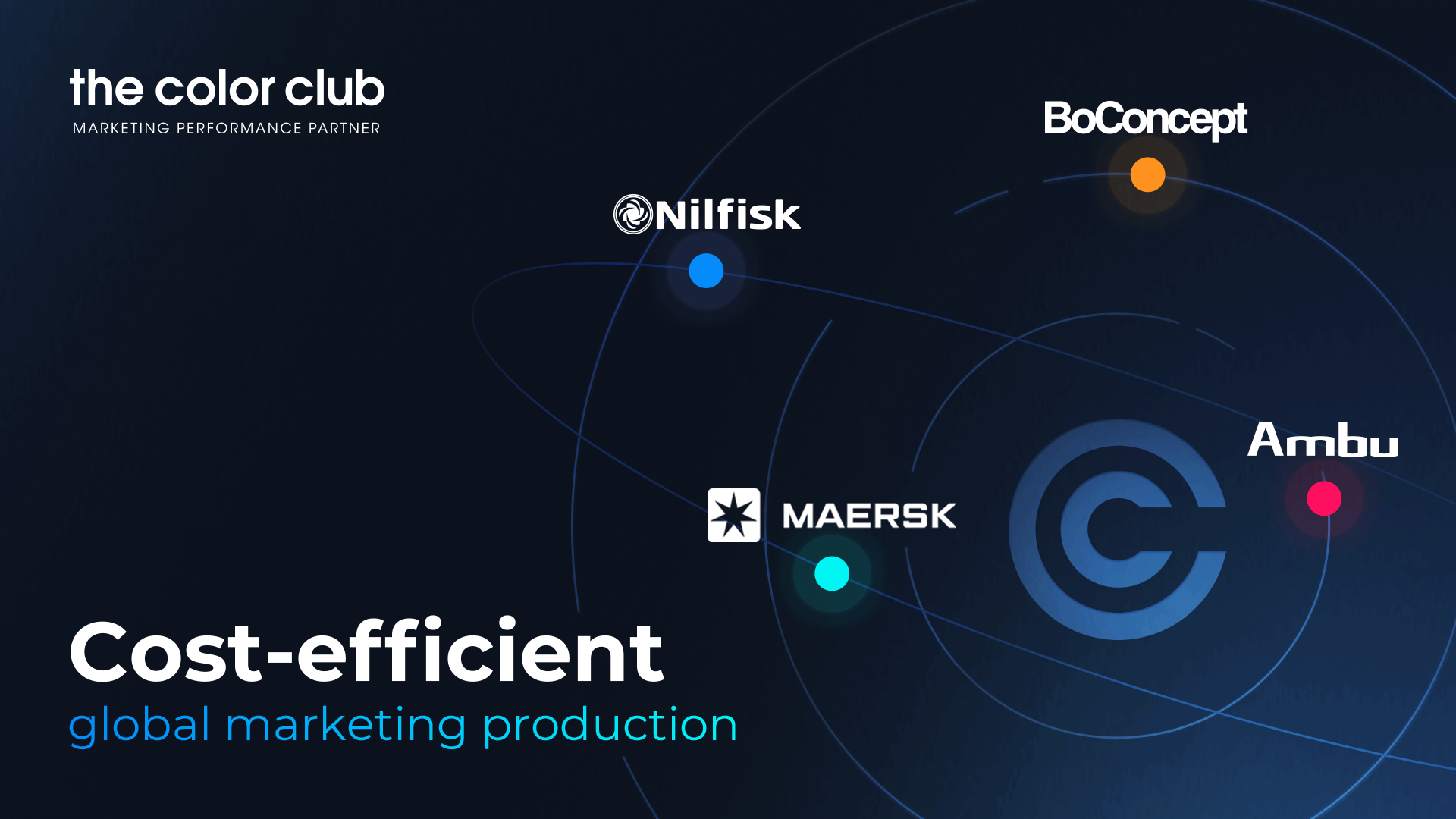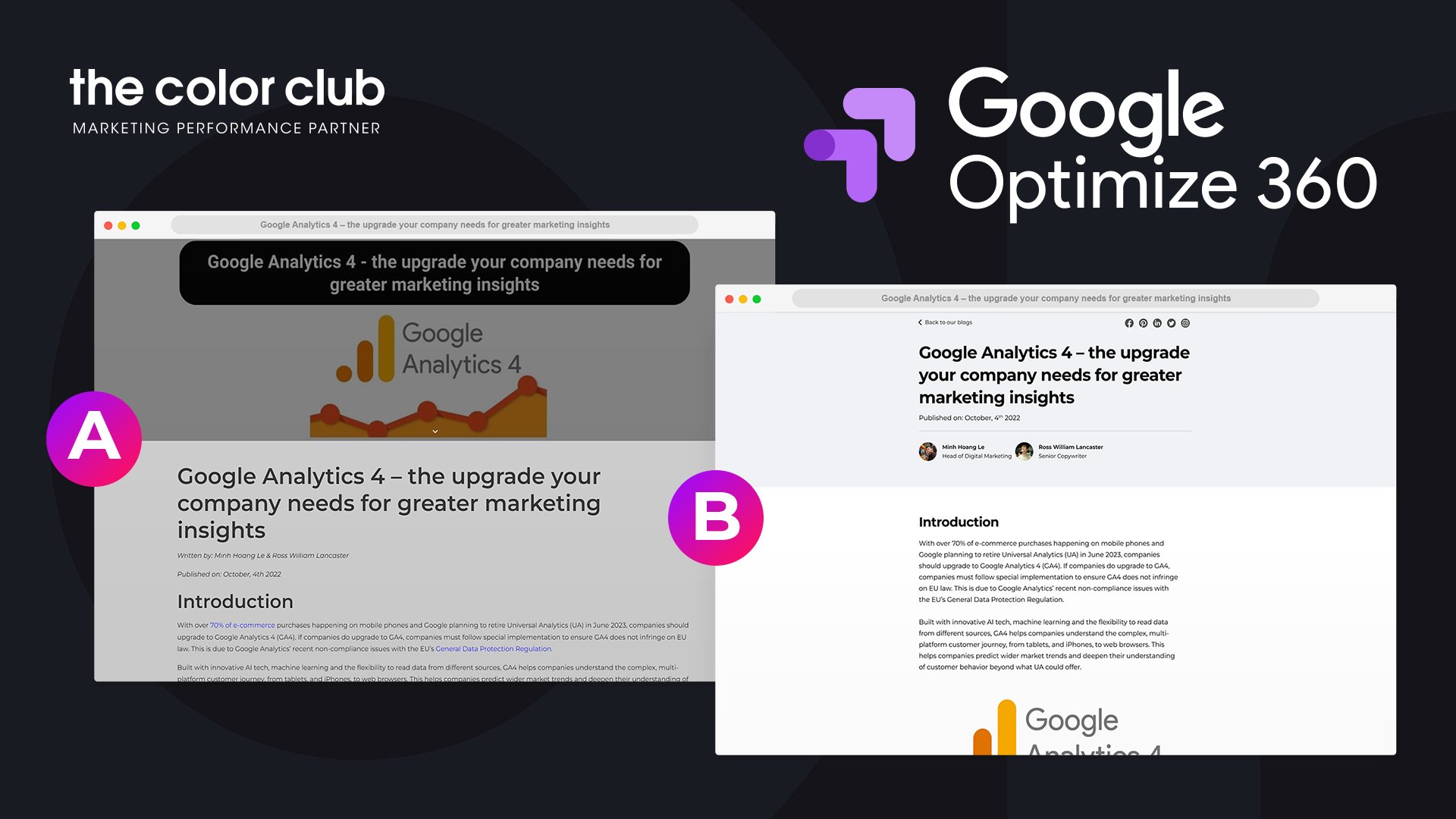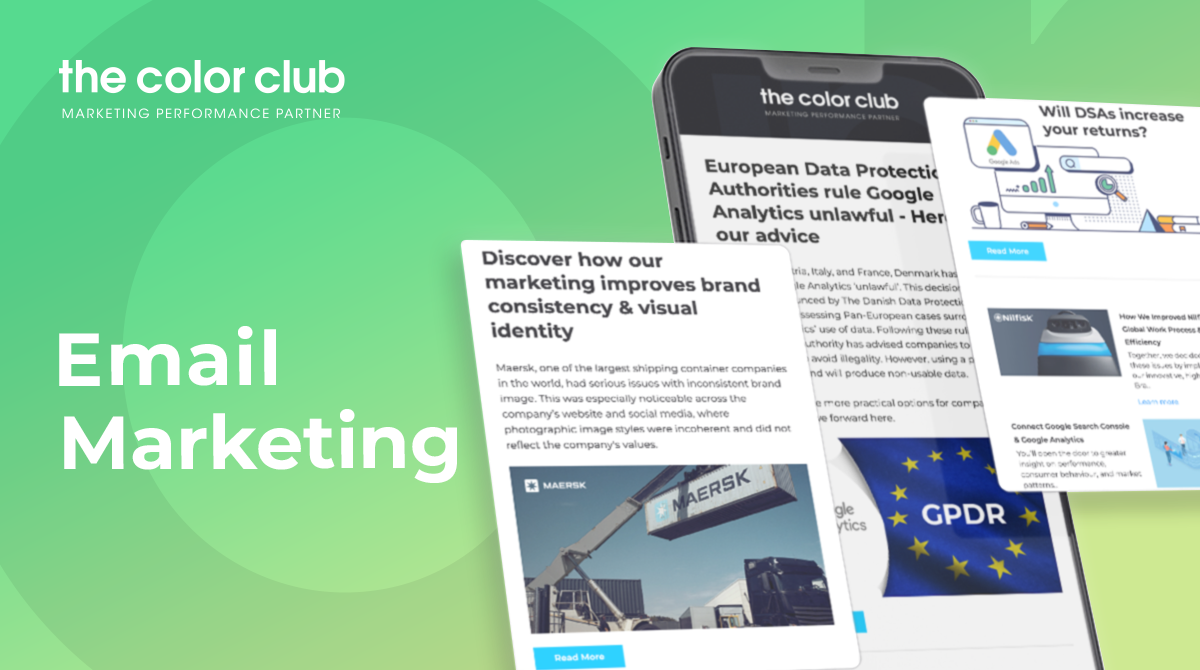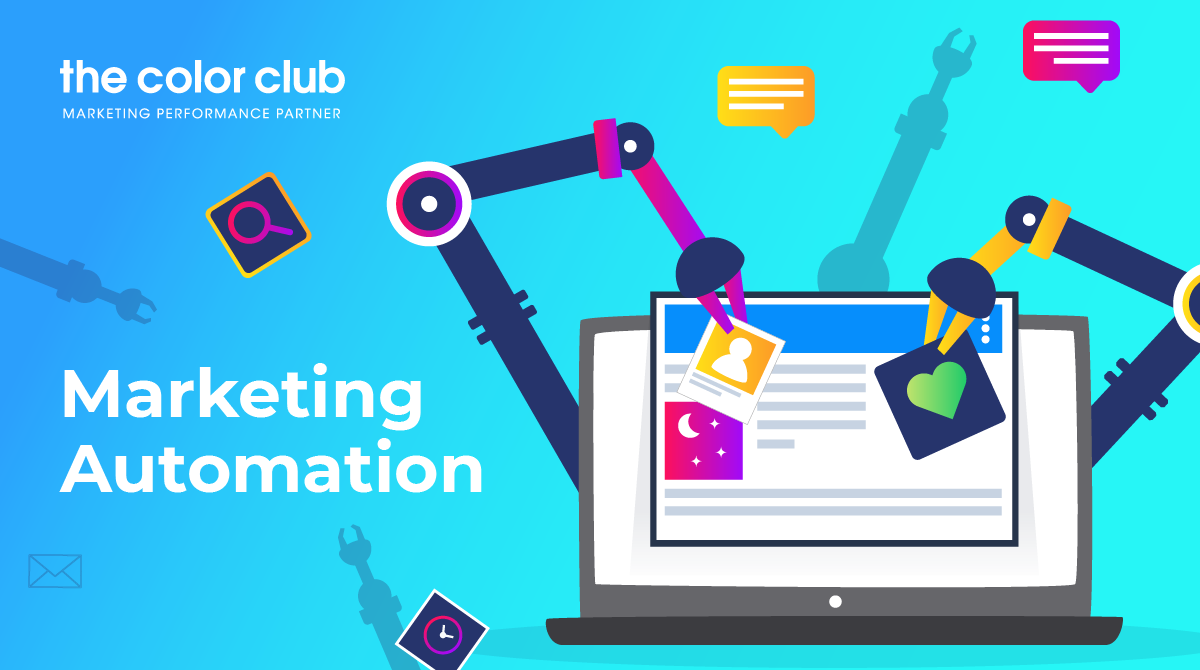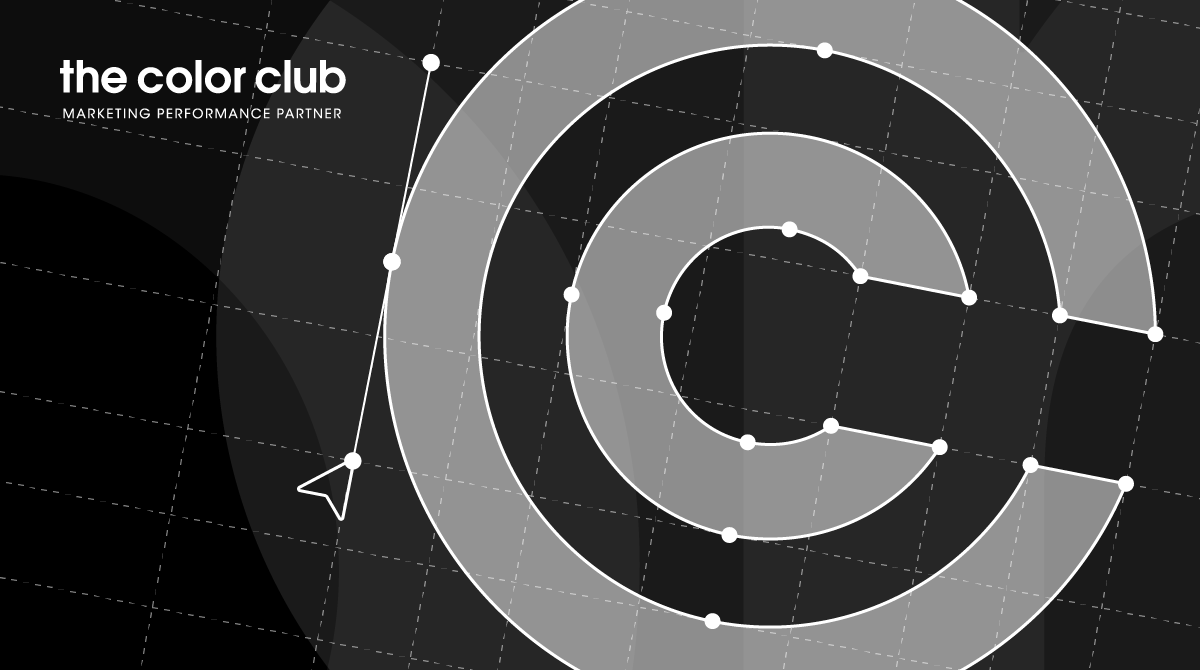Introduction
Building a strong, global brand identity is about producing a consistent and recognizable experience for your customers, no matter where they encounter your company. And that’s where consistency and localization come into play. From unifying messaging across all touchpoints to tailoring your approach for different cultures, these elements are crucial in maintaining the integrity of your brand and creating a lasting impression on shoppers worldwide.
By developing consistency across all channels, you’ll also improve revenue by up to 23% and keep customers happy –90% of shoppers now expect brand consistency. With this in mind, creating a strong brand guideline is essential to remaining competitive and building a loyal customer base in today’s fierce market.
That’s why our next article concentrates on the key elements for developing effective brand guidelines, which will help you stand out from the crowd, locally and globally.
Why are brand guidelines important?
Brand guidelines are critical in establishing and maintaining a strong, recognizable, and consistent image, no matter where you market your company. Here are several reasons why brand guidelines are important:
- Consistency
This creates a recognizable and coherent brand image across logos, colors, typography, messaging, and other brand elements.
- Clarity
Everyone, whether employees, partners, and agencies, must understand how to represent your brand accurately and effectively.
- Protection
With strong brand guidelines, you can avoid inconsistencies and misuse that can harm your global and local reputation.
- Efficiency
Save time and resources by providing a roadmap for brand decision-making and developing new materials.
- Flexibility
Guidelines help you adapt to new channels and markets while maintaining the brand’s core elements.
Your 4-step guide to creating a brand guideline:
1. Conduct a brand audit
Start by thoroughly reviewing all existing brand materials, messaging, and tone of voice. This will help you to identify current strengths and weaknesses, creating the foundations for your guidelines.
2. Define your brand identity
Defining the key elements of your brand identity, including the mission, vision, values, and personality, will help you clearly understand what your company stands for and wants to achieve.
3. Create a visual style
Your visual identity includes a logo, typography, color palette, and imagery. These elements should align with your brand’s personality and be used consistently across all touch points.
4. Develop your guidelines.
Finally, develop your guidelines. Include instructions for using logos, typography, imagery, messaging, tone of voice, and other elements in various contexts. Ensure your guidelines are clear, concise, and easily accessible to all stakeholders.
Once the guidelines are in place, it’s important to regularly review and update them to ensure your brand remains relevant and effective.
You need to remember these brand elements too
Add a splash of color to your brand.
A color palette provides a consistent and recognizable look across all touchpoints, helping to establish a strong brand image. For example, with color, you can evoke strong emotions and create a specific mood, so choosing the right palette is crucial in building your desired brand personality.
Why not try a unique color palette? With colors that stand out, you’ll make it easier for customers to identify and remember your brand. But remember, you’ll need consistency across all media, from print to digital and packaging to advertising.
Ultimately, your color palette is key to your brand’s visual identity and whether you create a consistent, recognizable, and memorable brand image. See how StoryChief uses color to elevate its brand.
Make sure your type is right.
Typography helps establish a feel across all touch points. It affects the legibility and readability of text, meaning the right typeface is crucial in ensuring your message is easily understood.
Like color, typography evokes strong emotions and creates a specific mood, so you’ll want a typeface that reflects your desired brand personality. But don’t be like everyone else. A unique and consistent typography style can help differentiate your brand from its competitors.
Add consistency across all touch points, too, and you’ll have a unified brand image that improves recognition. Just check out Mailchimp’s type and how it came to be.
Secondary design is as important as first.
Secondary designs reinforce your brand’s visual identity. From patterns to illustrations, these can be used in various media contexts, adding versatility to your brand’s visual arsenal.
With secondary designs, you’ll have greater creative expression while maintaining your brand’s core visual identity. By consistently using secondary designs, you can also drive recognition, making it easier for consumers to identify your brand.
See how Spotify play with secondary colors for their logo here.
What does your brand want to say?
Your brand message is critical to your success. You need to figure out what you want to say and how you want to say it.
Here are some helpful tips:
- Define your brand purpose: Start by identifying why your brand exists.
- Know your audience: Determine your target customers and their interests.
- Identify your value proposition: Find out what differentiates you from competitors.
Your brand story
A brand story is a narrative that connects your brand’s history, values, personality, and vision. It goes beyond a product’s features, providing context, meaning, and emotional resonance. With a great brand story, you’ll have a deeper connection with your audience, helping build brand trust and loyalty.
Patagonia uses its brand story to connect with customers brilliantly. From detailing its ground-breaking inventions to its environmental activities, Patagonia’s story aligns with customer values of creating a healthier, cleaner, and more sustainable environment.
Your brand mission
A brand mission is a statement that defines the purpose and focus of your brand. It explains why your brand exists and what it aims to achieve, informing all aspects of your brand’s strategy, from product development to customer service.
Your brand values
Brand values are the beliefs and principles that guide the behavior and decision-making of your brand. They should reflect your brand’s personality, providing a framework for its interactions with customers, employees, and the wider community.
Your brand tagline
A tagline should be simple, memorable, and relevant to your target audience. It should align with the brand’s overall mission and values, helping reinforce your brand’s image and making it more memorable for customers.
Here are some steps to creating a brand tagline:
1. Brainstorm
Generate a list of potential taglines by brainstorming with your team or a copywriter. Consider different approaches such as humor, simplicity, and emotion.
2. Refine and test
Refine the list of potential taglines and test them with focus groups or surveys. Look at memorability, relevance, and resonance with your audience.
3. Choose and implement
Choose the final tagline and implement it in all your marketing materials. Ensure that it aligns with your brand’s overall messaging and visual identity.
Your brand personality
Building your brand’s personality will help differentiate you from competitors. It also provides a framework for decision-making and can help ensure consistency in your global representation.
Here are three steps to building your brand’s personality:
1. Choose brand traits
Select a set of personality traits that embody the brand’s values, for example, friendly, adventurous, or serious.
2. Create a voice
Develop a tone of voice and messaging that conveys the brand’s personality.
3. Implement the personality
Introduce the brand’s personality into all marketing materials, ensuring consistency across all touch points.
Why is localization important for your brand guidelines?
Localization ensures your brand’s messaging and visual identity are adapted and consistent across different regions and cultures. This will create a sense of familiarity and trust with regional audiences.
You’ll also provide culturally appropriate and relevant messaging, avoiding miscommunication or negative cultural associations, helping build customer loyalty and driving international sales.
Let’s take a look at McDonald’s
McDonald’s has localized its menu offerings to cater to local tastes and preferences in different countries. For example, in India, the menu includes options like the McAloo Tikki burger to appeal to the country’s primarily vegetarian population. By offering locally relevant menu items, McDonald’s has successfully localized its brand to better connect with customers in each market and improve brand recognition.
Brands need to take localization seriously. Otherwise, you could make the same mistake as KFC, who kept their famous tagline when entering the Chinese market in the 80s, leaving their ‘finger-look good’ slogan translating to ‘eat your fingers off.’
Our final thoughts
Ultimately, a strong brand guideline is crucial for establishing a consistent and recognizable visual identity. By defining your brand’s mission, values, and personality with clear color, typography, and design guidelines, you can build a strong and cohesive image that resonates with your target audience.
No matter your company size, investing in comprehensive, consistent brand guidelines that can be localized to meet the needs of different markets, you’ll support your brand’s growth and success for many years.











